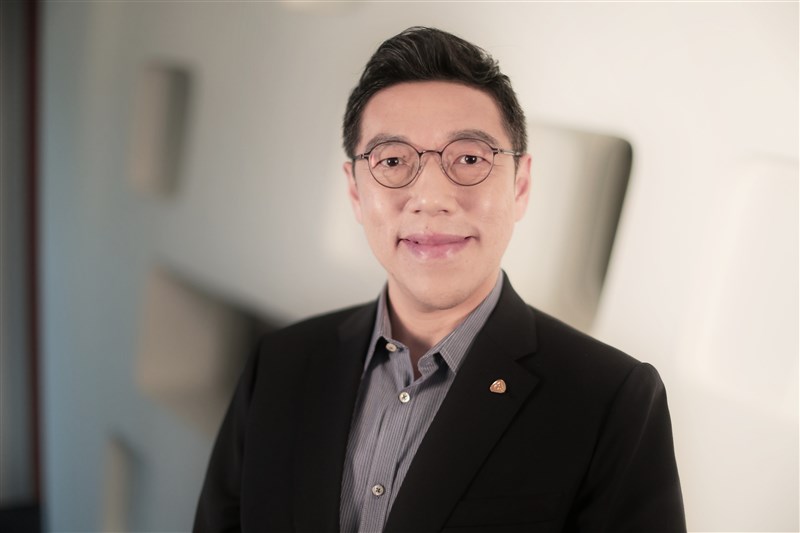Editor's note
2019.02
Preparing Taiwan for the Centenarian Age

2019 marks the start of a new era for Taiwan's development. Research by the National Development Council shows that Taiwan's natural population, not counting immigrants, will soon peak and then begin to fall. In 50 years, it will fall from 23 million today to a range of 8-16 million. Meanwhile, researchers say that more than 50% of babies born after the year 2000 will live to the age of 100. The aging and contraction of the population will constitute major challenges for Taiwan's development in the decades ahead. On an economic level, age may become only one of several criteria for retirement. Wherever the opportunity exists – whether one is 6, 8, 70, or 90 – people may continue working. Extended employment may be needed to ensure financial security and a comfortable lifestyle, separating the social security net from the “filial piety” of the working-age population. Without sufficient savings or employability, as aging intensifies, each day becomes a financial trial, turning longevity into a curse. Unsustainable financial success takes the meaning out of life. In the years ahead, life won't be so simple after 65. People won't necessarily retire at that age, and even if they do, they won't be able to rely on their pensions to survive, given that they may live another 35 years. We will have to change the way we live life in some ways, beginning with the education system, which at present is not equipped to prepare people for our ageing society - especially its workplace needs. As the world's foremost ageing society, Japan has undertaken some important reforms to prepare for the impact of the greying population. Beginning in 2017, began implementing a Labor Model Reform Plan. In September 2017, Prime Minister Shinzo Abe held a 100-year Life Conference at his official residence, debating how the government should educate people in a society full of centenarians. The discussion focused on: (1) Early childhood care and education, (2) A lack of schools for children, (3) Unwillingness to pay for higher education, (4) Unwillingness to pay for private high school; (5) Improving caregiver rates, and (6) Countervailing forces like financial stability and reinforcement.Discussion in Taiwan, in contrast, has remained limited. The National Development Council has released population estimates and plans such as Countermeasures for Sub-Replacement Fertility (2018-2022) – which recommend using AI to effective utilize human resources, increasing immigration, and enacting aging-friendly policies. Taiwan’s thinking is still based on the needs of today’s elderly, though, and not sufficiently forward thinking. The thinking of the Japanese government focuses on extending the working lives of seniors, so it has enacted a Basic Act on Reform of National Public Officers’ Systems, continuously extending public servants’ retirement age, not only preventing personnel costs from increasing, but also (based on their health status) allowing civil servants who turn 60 to choose salary reductions in exchange for shortened service – or else “soft service,” which means continuing to work, reducing pressure on society. Ultimately, aging should allow people to live richer lives rather than just feel additional pressure. As more Taiwanese start living to 100, Taiwan cannot simply increase its fertility rate and expect its task to be done. It must also consider how Taiwanese of all ages can have healthier bodies and minds. Only by freeing themselves from the support of the younger generation, and through the use of appropriate financial instruments, can older people make the most of their longer lives.



